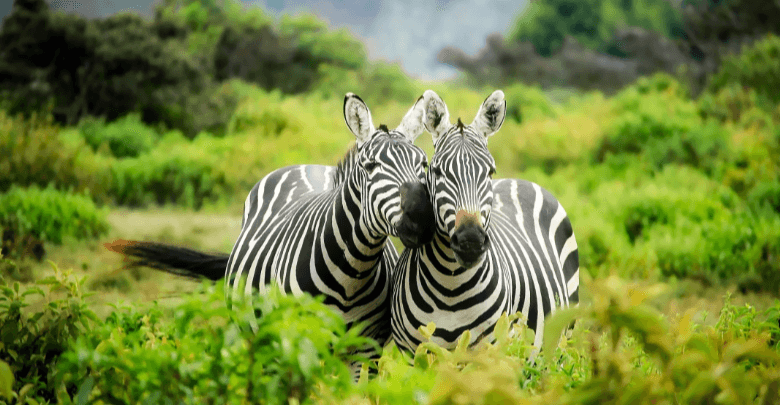Cute:3ps8dlwzmwe= Zebra

The Cute:3ps8dlwzmwe= Zebra, often admired for its striking black and white stripes, serves as a fascinating subject of study due to its unique adaptations and social structure. These patterns not only contribute to their survival through camouflage and social dynamics but also raise intriguing questions about their ecological importance. As we explore the complexities of zebra behavior within their herds, we must also confront the pressing threats they face. Understanding these challenges is essential, but it is the implications of our conservation efforts that truly warrant further examination.
Unique Stripes and Patterns
The distinctive black and white stripes of zebras are not only a hallmark of their appearance but also serve various ecological and social functions that enhance their survival in the wild.
Stripe variations contribute to effective camouflage adaptations, allowing zebras to blend into their environment and confuse predators.
This unique coloration plays a crucial role in their natural habitat, promoting both safety and freedom.
Social Behavior and Relationships
Zebras are not only recognized for their striking stripes but also for their complex social structures and relationships, which play a vital role in their survival and well-being within herds.
Their herd dynamics foster social bonding, as individuals communicate through vocalizations and body language.
This interconnectedness enhances group cohesion, enabling zebras to protect one another and navigate their environment with greater ease and security.
Read Also Transparent:47owql8sij8= Sanic

Conservation and Habitat Challenges
Critical threats to zebra populations arise from habitat loss, poaching, and competition with livestock, necessitating urgent conservation efforts to preserve their natural ecosystems.
These majestic creatures face diminishing grazing lands and increased human encroachment.
Effective conservation strategies, such as protected areas and sustainable practices, are essential to ensure their survival and the rich biodiversity of their habitats, allowing future generations to admire their beauty.
Conclusion
Cute:3ps8dlwzmwe= Zebra, like living artworks on the African savanna, embody the delicate balance of nature through their striking stripes and social dynamics.
The decline of their populations, akin to the fading hues of a masterpiece, highlights the urgency of conservation efforts.
With habitat loss and poaching threatening their existence, the call to action resonates: preserving these remarkable creatures ensures that future generations can continue to marvel at their beauty and the intricate web of life they inhabit.




